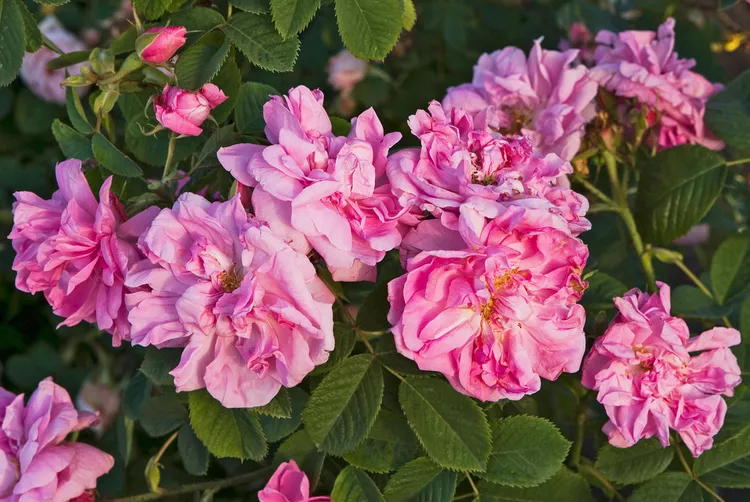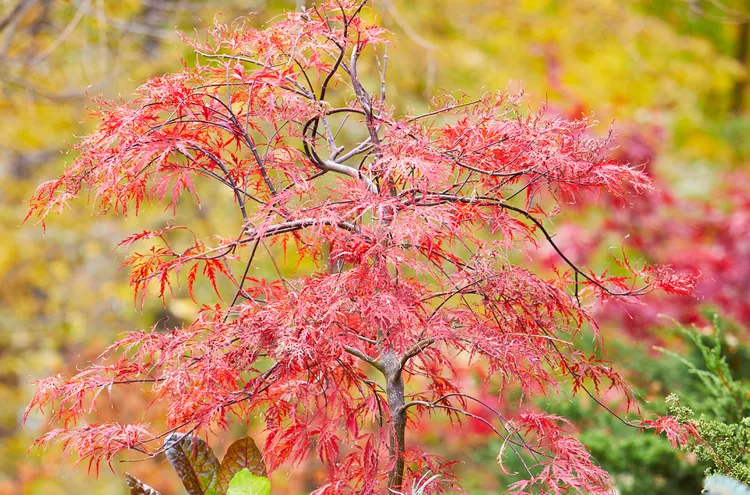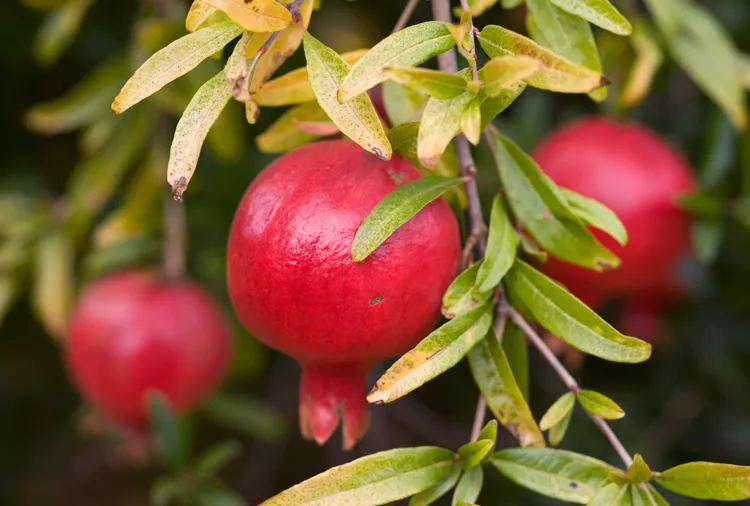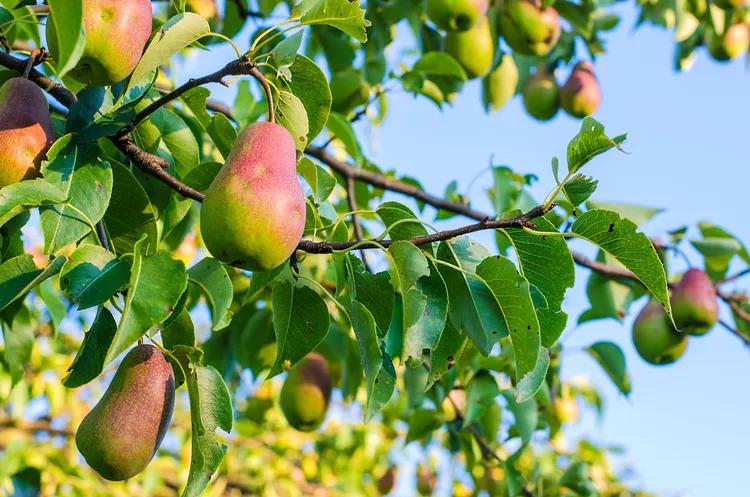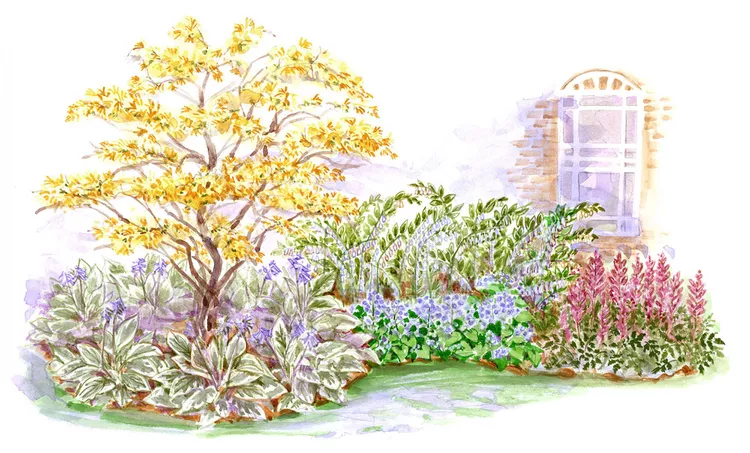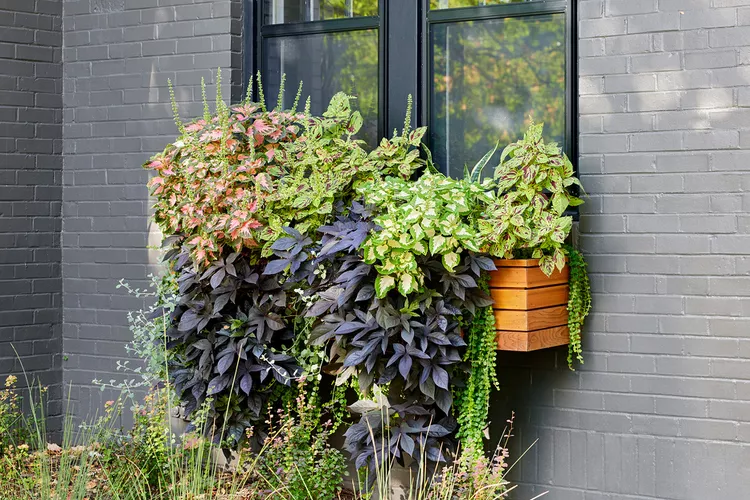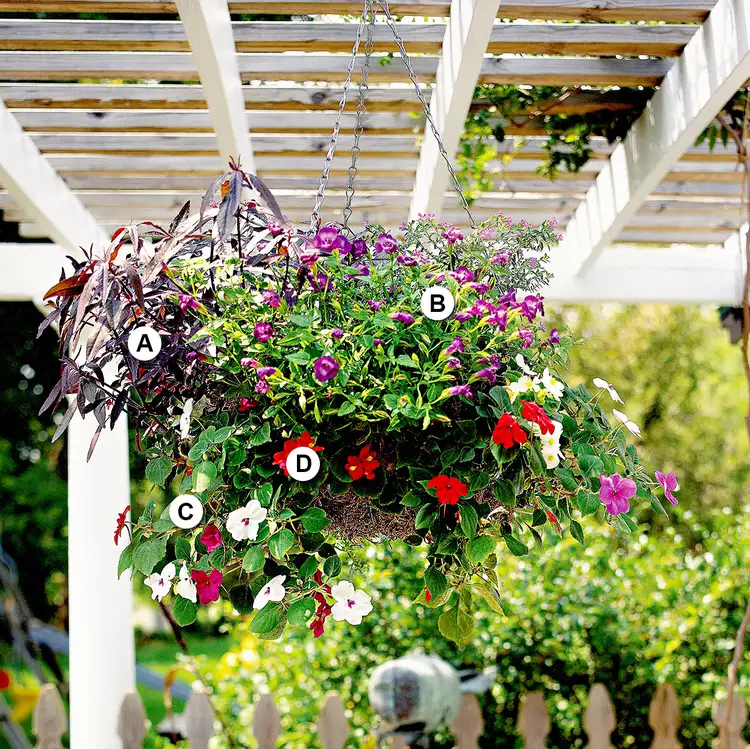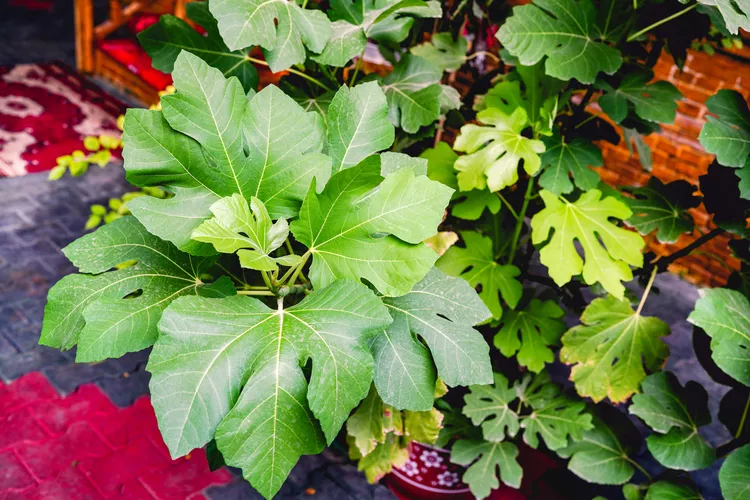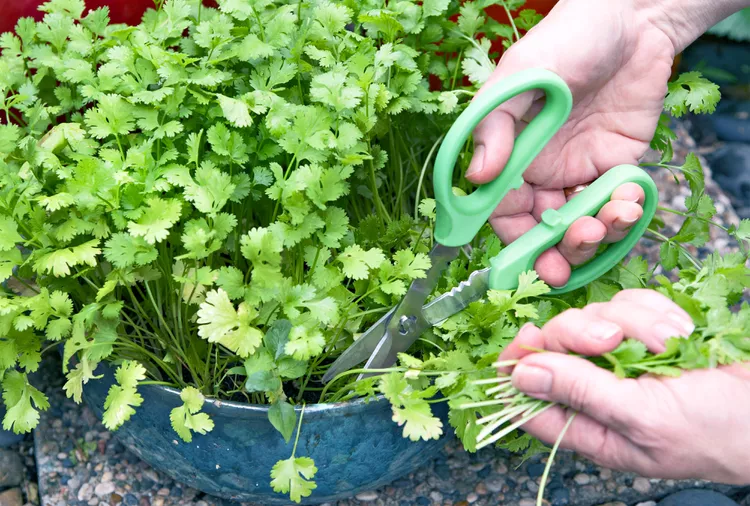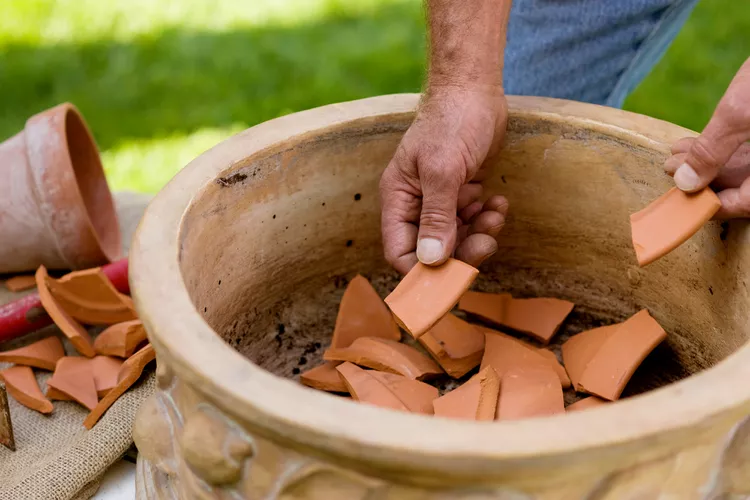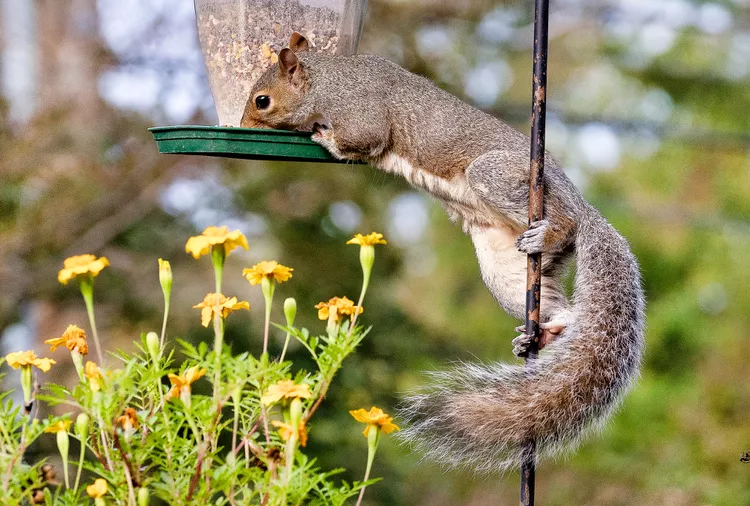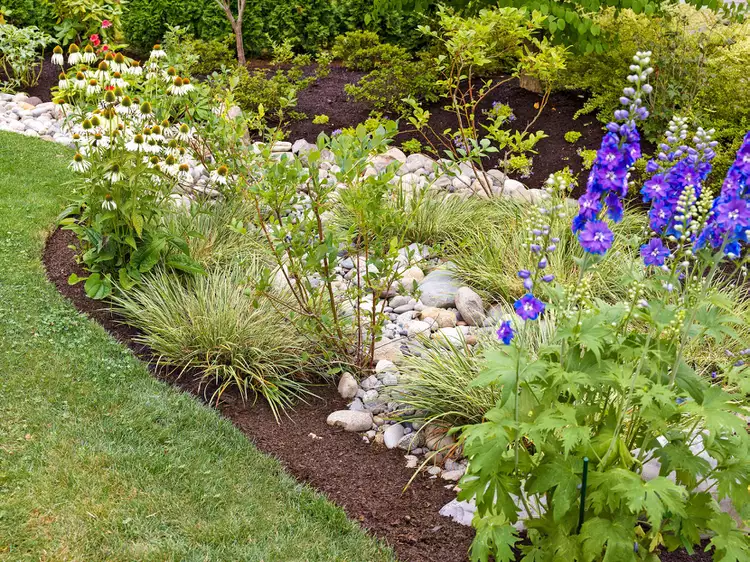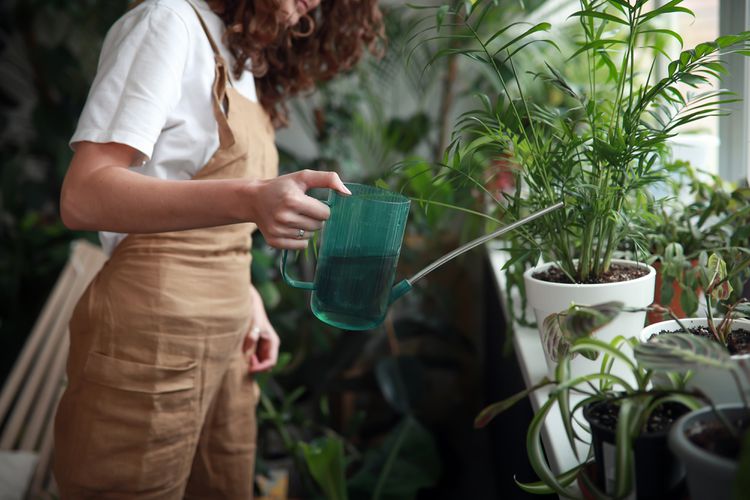With the increased popularity of using edible flowers in recipes for everything from salads to cocktails and cakes, look no further than your garden to try this blossoming trend. Many of the best edible flowers are easy to grow, and growing your own ensures you’ll have the freshest, chemical-free flowers at your convenience. Here are the best edible flowers that you can easily grow in your garden. Plus you'll find a description of each flower's flavor and tips for how to best use them to beautifully enhance your recipes.
Not all flowers are edible or safe to eat. Before consuming any flower, you must be completely sure that it is an edible variety. Individuals consuming the flowers or plants listed here do so entirely at their own risk.
Calendula
Add fresh calendula (Calendula officinalis) petals to your salads for a zesty bitter flavor, or dry the daisy-like petals to use in tea. Harvest the blooms, which come in yellow, orange, and even pale pink, when the petals begin to open (only the petals are edible; do not eat the flower centers). This easy-to-grow, cool-season annual attracts bees and butterflies to your garden.
Bee Balm
The starburst-shaped flowers of bee balm (Monarda didma) blossoms make a conversation-worthy addition to salads and teas with their sweet, spicy flavor. The plant’s bright red flowers stand out in any garden setting and attract pollinators with their nectar. The leaves also have a pleasant minty-bergamot scent.
Dahlia
Use dahlias fresh, or candy them with sugar for decorating baked goods. Try different varieties to find the flavor that best suits you. Some have a spicy and apple-like flavor and others have a water chestnut flavor.
Herb Flowers
When the edible flowers of certain herbs bloom, their leaves can become tough and bitter. But you can pinch off the flowers of herbs such as basil (Ocimum basilicum), cilantro (Coriandrum sativum), and dill (Anethum graveolens) to use in your cooking just like you would use their leaves. Letting some of your herbs flower also will attract lots of beneficial pollinators to your garden.
Nasturtium
You’ll love how nasturtium (Tropaeolum majus) brightens up a salad with its colorful blooms and round leaves. Harvest its flowers and leaves for eating early in the day after the morning dew dries. The flowers come in a variety of warm colors from creamy yellow to bright red, and add a peppery zing to salads, party dips, and pesto.
Violets
Add a charming touch to your tea sandwiches and candy bark by decorating them with violets. These velvety purple edible flowers are smaller and more delicate than the petals of closely related pansies, and they have a mild, sweet flavor. Violets sometimes can be found growing wild in lawns, but only pick these for eating if you are sure the lawn has not been treated with chemicals.
Pansies
Pansies (Viola x wittrockiana) have a mild flavor that is often described as a little bit floral and spicy. Still others say their flavor is similar to the taste of mint. But it’s the distinct facelike markings on their petals that make cooks want to use them as a garnish in salads, cakes, and croissants. Some pansy flowers are large enough that their flat petals can easily cover the top of an entire cupcake.
Tuberous Begonia
Add a splash of bright color to your cooking with the petals of tuberous begonias (Begonia x tuberhybrida). You’ll be surprised with its tart lemony taste and double blossoms. Finely slice stacks of petals into confetti for sprinkling on creamy soups and roasted vegetables. Or take advantage of the petals’ naturally crisp texture and use them as colorful dippers for yogurt.
Borage
Garnish your salads, summer drinks, and desserts with the bright blue edible flowers of borage (Borago officinalis). Harvest fresh borage flowers during the spring and summer when their light cucumber flavor is at its peak. Borage is an easy-to-grow herb that requires little maintenance and it attracts pollinators.
Dianthus
Give your homemade cocktails visual appeal by adding dianthus flowers to ice cubes or ice rings. The edges of the petals have a fringed look, as if someone trimmed them with pinking shears (hence their common name of pinks). The blossoms of most varieties have a mild floral taste, except for clove pinks (Dianthus caryophyllus), which have a clove-like fragrance.
Before cooking or garnishing food with dianthus, remove the bitter, white “heel” at the base of its petals.
Bachelor's Button
When you want a blue edible flower, try bachelor’s button (Centaurea cyanus) also known as cornflower. This plant is a rugged reseeding annual that will grow year after year without needing much help from you. Its blue flowers add a delicate spicy-sweet flavor to salads and a splash of color atop steamed greens. You can also dry its petals and use them in making tea.
Roselle
If you drink tea, you’ll want to get acquainted with roselle (Hibiscus sabdariffa). The plant is most often grown for its burgundy calyx that develops at the base of its flower. The calyx is harvested to make hibiscus tea, which has a tart fruity flavor. Another way to experience the sweet flavor of roselle is to make a sweet bread that has a ripple of cranberry-hibiscus jam.
Roses
Top off your favorite pavlova or cocktail with the intense floral aroma of roses. Edible rose petals taste like a rose smells, so the more fragrant a rose is, the stronger its flavor will be. They make a beautiful addition to cakes, beverages, jellies, and fruit dishes.
Stock
Stock (Matthiola incana) is a favorite with florists because of the plant's long-lasting blooms, range of colors, and distinctive scent that is reminiscent of cloves. Other than making wonderful cut flowers, you can use these cool-season blooms as a pretty garnish for pasta or desserts.
Squash Flowers
Think beyond traditional blooms and explore using the blossoms of summer squash (Cucurbita pepo) in your recipes. Whether stuffed, deep-fried, or added to a cake, the blossoms' lightly sweet flavor is sure to please. The plant's edible yellow flowers also make a bright addition to soups, omelets, and salads.
Fuchsia
Impress guests at your table with the vibrant colors and unique shapes of fuchsia. The intricate blooms make a stunning garnish in fruit salads or as a decorative crystallized addition to cakes. Be sure to remove the stamens and pistils to enhance the mild sweetness of the petals.
Lavender
Boost the flavor of cakes, cookies, ice cream, and drinks with the flowers of lavender (Lavandula spp.). Most lavender varieties are very fragrant and have a distinct floral aroma. Harvest lavender for cooking just before the flowers open and dry the buds before you use them.
